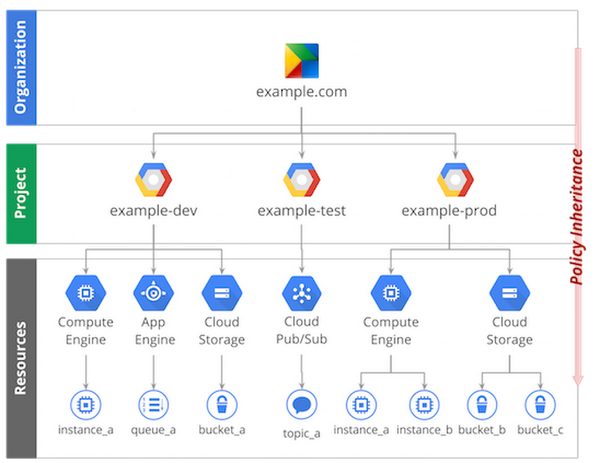IAM best practice guides available now
Grace Mollison
Head Cloud Solutions Architects EMEA
Google Cloud Identity & Access Management (IAM) service gives you additional capabilities to secure access to your Google Cloud Platform resources. To assist you when designing your IAM strategy, we've created a set of best practice guides.
The best practices guides include:
The “Using IAM Securely” guide will help you to implement IAM controls securely by providing a checklist of best practices for the most common areas of concern when using IAM. It categorizes best practices into four sections:
- Least privilege - A set of checks that assist you in restricting your users or applications to not do more than they're supposed to.
- Managing Service Accounts and Service Account keys - Provides pointers to help you manage both securely.
- Auditing - This covers practices that include reminding you to use Audit logs and cloud logging roles
- Policy Management - Some checks to ensure that you're implementing and managing your policies appropriately.
Cloud Platform resources are organized hierarchically and IAM policies can propagate down the structure. You're able to set IAM policies at the following levels of the resource hierarchy:
- Organization level. The Organization resource represents your company. IAM roles granted at this level are inherited by all resources under the organization.
- Project level. Projects represent a trust boundary within your company. Services within the same project have a default level of trust. For example, App Engine instances can access Cloud storage buckets within the same project. IAM roles granted at the project level are inherited by resources within that project.
- Resource level. In addition to the existing Google Cloud Storage and Google BigQuery ACL systems, additional resources such as Google Genomics Datasets and Google Cloud Pub/Sub topics support resource-level roles so that you can grant certain users permission to a single resource.


The “Designing Resource Hierarchies” guide provides examples of what this means in practice and has a handy checklist to double-check that you're following best practice.
A Service Account is a special type of Google account that belongs to your application or a virtual machine (VM), instead of to an individual end user. The “Understanding Service Accounts” guide provides answers to the most common questions, like:
- What resources can the service account access?
- What permissions does it need?
- Where will the code assuming the identity of the service account be running: on Google Cloud Platform or on-premises?
This guide discusses what the implications are of making certain decisions so that you have enough information to use Service Accounts safely and efficiently.
We’ll be producing more IAM best practice guides and are keen to hear from customers using IAM or wanting to use IAM on what additional content would be helpful. We’re also keen to hear if there are curated roles we haven’t thought of. We want Cloud Platform to be the most secure and the easiest cloud to use so your feedback is important to us and helps us shape our approach. Please share your feedback with us at:



